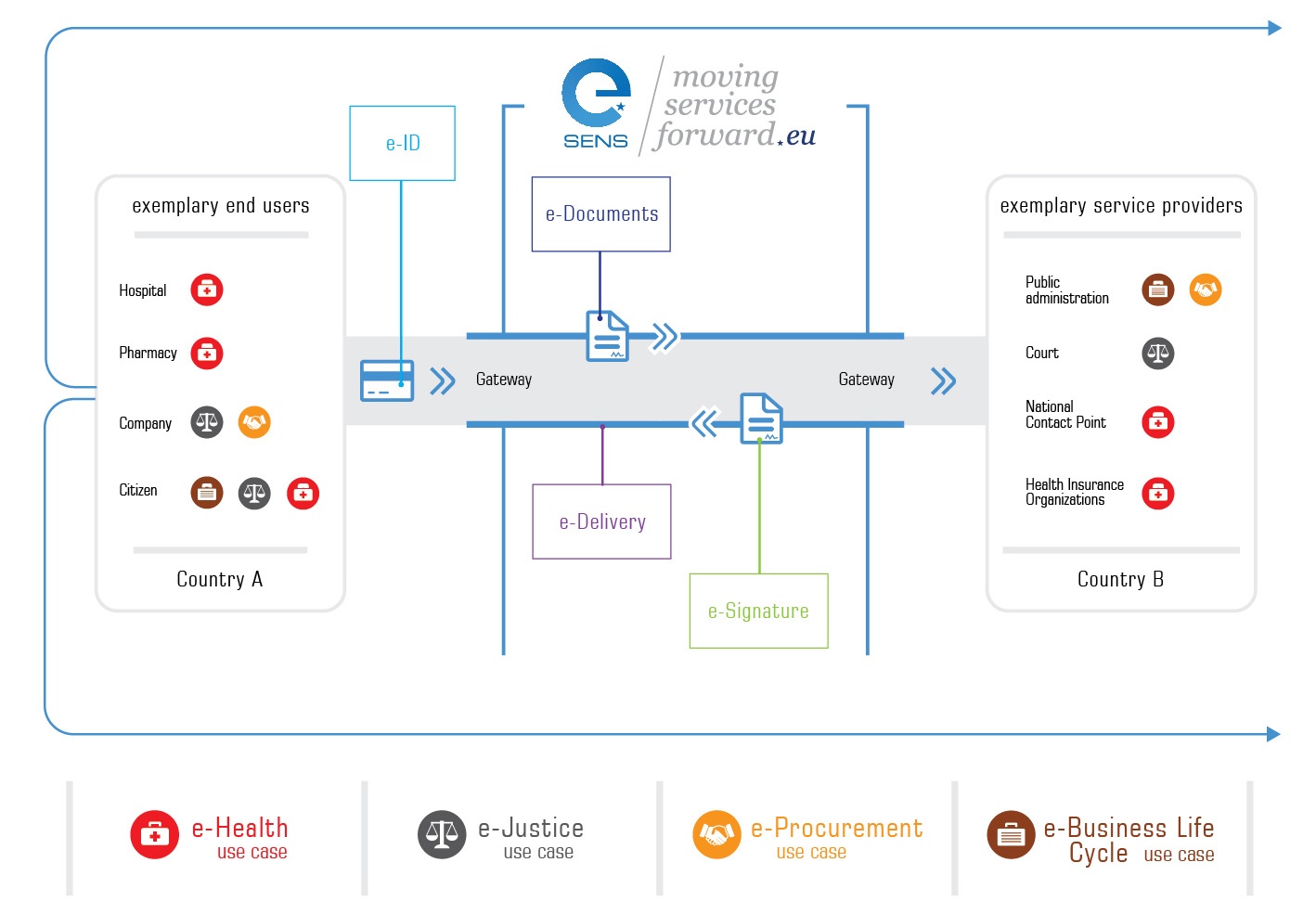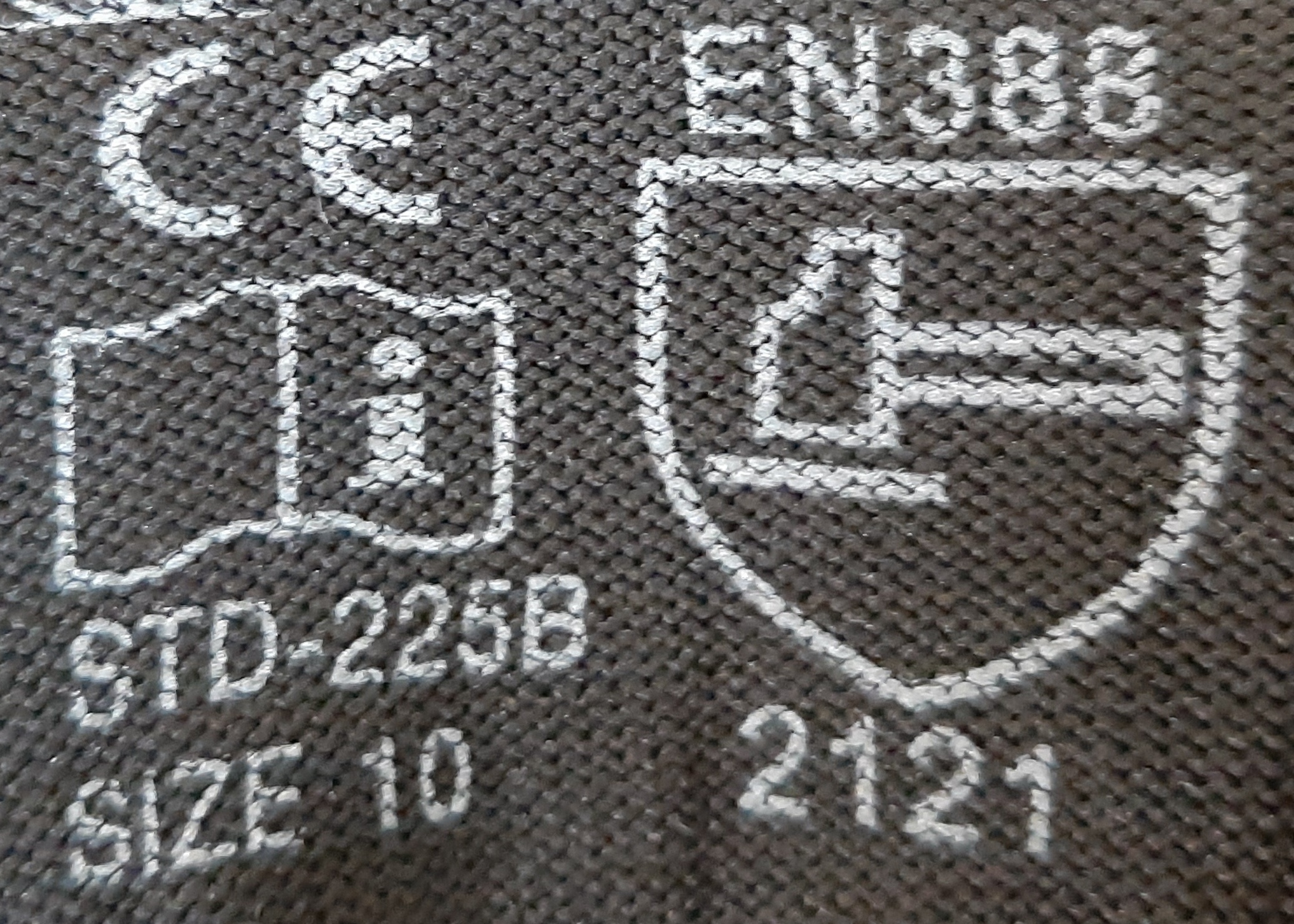|
New Legislative Framework
The New Legislative Framework is a framework to design legislation, aiming to improve the internal market of the European Union. Adopted in 2008, it "aims to improve the internal market for goods and strengthen the conditions for placing a wide range of products on the EU market". The framework aims to " mprove market surveillance rules, etclear and transparent rules for the accreditation of conformity assessment bodies, oostthe quality of and confidence in the conformity assessment of products," clarify the meaning of CE marking, and " stablisha common legal framework for industrial products". Enacted as a package of two laws in 2008 that were later amended by Regulation (EU) 2019/1020, it is the successor of previous frameworks – the New Approach (Council Resolution of 7 May 1985) and the Global Approach (Council Resolution of 21 December 1989). As with its predecessors, the technical specifications of products meeting the essential requirements set out in the directives are ... [...More Info...] [...Related Items...] OR: [Wikipedia] [Google] [Baidu] |
Internal Market
The European single market, also known as the European internal market or the European common market, is the single market comprising mainly the member states of the European Union (EU). With certain exceptions, it also comprises Iceland, Liechtenstein, Norway (through the Agreement on the European Economic Area), and Switzerland (through sectoral treaties). The single market seeks to guarantee the free movement of goods, capital, services, and people, known collectively as the "four freedoms". This is achieved through common rules and standards that all participating states are legally committed to follow. Any potential EU accession candidates are required to agree to association agreements with the EU during the negotiation, which must be implemented prior to accession. In addition, through three individual agreements on a Deep and Comprehensive Free Trade Area (DCFTA) with the EU, Georgia, Moldova, and Ukraine have also been granted limited access to the single mark ... [...More Info...] [...Related Items...] OR: [Wikipedia] [Google] [Baidu] |
European Union
The European Union (EU) is a supranational union, supranational political union, political and economic union of Member state of the European Union, member states that are Geography of the European Union, located primarily in Europe. The union has a total area of and an estimated population of over 449million as of 2024. The EU is often described as a ''sui generis'' political entity combining characteristics of both a federation and a confederation. Containing 5.5% of the world population in 2023, EU member states generated a nominal gross domestic product (GDP) of around €17.935 trillion in 2024, accounting for approximately one sixth of global economic output. Its cornerstone, the European Union Customs Union, Customs Union, paved the way to establishing European Single Market, an internal single market based on standardised European Union law, legal framework and legislation that applies in all member states in those matters, and only those matters, where the states ... [...More Info...] [...Related Items...] OR: [Wikipedia] [Google] [Baidu] |
Market Surveillance
Market surveillance for products ensures that products on the market conform to applicable laws and regulations. This helps to foster trust among consumers buying products or financial services and protects consumers and professionals from harm from non-compliant products. It also helps companies that comply to stay in business and avoid losing market share to rogue traders. European Union In the European Union, individual member states are responsible for market surveillance but EU harmonisation legislation is considered necessary to guarantee the free movement of products within the Union,Eur-LexRegulation (EU) 2019/1020 of the European Parliament and of the Council of 20 June 2019 on market surveillance and compliance of products had the effect of amending Directive 2004/42/EC and Regulations (EC) No 765/2008 and (EU) No 305/2011 published 25 June 2019, accessed 20 November 2020 and any action undertaken regarding product safety for consumer products and other precautions f ... [...More Info...] [...Related Items...] OR: [Wikipedia] [Google] [Baidu] |
Accreditation
Accreditation is the independent, third-party evaluation of a conformity assessment body (such as certification body, inspection body or laboratory) against recognised standards, conveying formal demonstration of its impartiality and competence to carry out specific conformity assessment tasks (such as certification, inspection and testing). Accreditation bodies are established in many economies with the primary purpose of ensuring that conformity assessment bodies are subject to oversight by an authoritative body. Accreditation bodies, that have been peer evaluated as competent, sign regional and international arrangements to demonstrate their competence. These accreditation bodies then assess and accredit conformity assessment bodies to the relevant standards. An authoritative body that performs accreditation is called an ' accreditation body'. The International Accreditation Forum (IAF) and International Laboratory Accreditation Cooperation (ILAC) provide international recogni ... [...More Info...] [...Related Items...] OR: [Wikipedia] [Google] [Baidu] |
Conformity Assessment
Conformance testing and also known as compliance testing or type testing, is testing or other activities that determine whether a process, product, or service complies with the requirements of a specification, technical standard, contract, or regulation. It is an element of the more general conformity assessment. Testing is often either logical testing or physical testing. The test procedures may involve other criteria from mathematical testing or chemical testing. Beyond simple conformance, other requirements for efficiency, interoperability, or compliance may apply. Conformance testing may be undertaken by the producer of the product or service being assessed, by a user, or by an accredited independent organization, which can sometimes be the author of the standard being used. When testing is accompanied by certification, the products or services may then be advertised as being certified in compliance with the referred technical standard. Manufacturers and suppliers of pro ... [...More Info...] [...Related Items...] OR: [Wikipedia] [Google] [Baidu] |
CE Marking
The presence of the logo on Product (business), commercial products indicates that the Manufacturing, manufacturer or importer affirms the goods' conformity with European Environment, health and safety, health, safety, and environmental protection Technical standard, standards. It is not a quality indicator or a certification mark. The CE marking is required for goods sold in the European Economic Area (EEA); goods sold elsewhere may also carry the mark. The mark indicates that the product may be traded freely in any part of the European Economic Area, regardless of its country of origin. It consists of the CE logo and, if applicable, the four digit identification number of the notified body involved in the conformity assessment procedure. Meaning The mark on a product indicates that the manufacturer or importer of that product affirms its compliance with the relevant European Union law, EU legislation and the product may be sold anywhere in the European Economic Area (EEA) ... [...More Info...] [...Related Items...] OR: [Wikipedia] [Google] [Baidu] |
Regulation (EU) 2019/1020
Regulation (EU) 2019/1020 is a regulation of the European Union on market surveillance and compliance of products. It aims to protect customers’ health and safety, the environment, and other public interests. The regulation amended some New Legislative Framework laws: Directive 2004/42/EC and Regulations (EC) No 765/2008 and (EU) No 305/2011.Eur-LexRegulation (EU) 2019/1020 of the European Parliament and of the Council of 20 June 2019 on market surveillance and compliance of products had the effect of amending Directive 2004/42/EC and Regulations (EC) No 765/2008 and (EU) No 305/2011 published 25 June 2019, accessed 29 November 2021 It provides for operational cooperation between United Kingdom and EU market surveillance authorities, under the 2020 EU–UK Trade and Cooperation Agreement The EU–UK Trade and Cooperation Agreement (TCA) is a free trade agreement signed on 30 December 2020, between the European Union (EU), the European Atomic Energy Community (Euratom), and t ... [...More Info...] [...Related Items...] OR: [Wikipedia] [Google] [Baidu] |
European Standards Organizations
European Standards, sometimes called Euronorm (abbreviated EN, from the German name , "European Norm"), are technical standards which have been ratified by one of the three European Standards Organizations (ESO): European Committee for Standardization (CEN), European Committee for Electrotechnical Standardization (CENELEC), or European Telecommunications Standards Institute (ETSI). All ENs are designed and created by all standards organizations and interested parties through a transparent, open, and consensual process. European Standards are a key component of the Single European Market. They are crucial in facilitating trade and have high visibility among manufacturers inside and outside the European territory. A standard represents a model specification, a technical solution against which a market can trade. European Standards must be transposed into a national standard in all EU member states. This guarantees that a manufacturer has easier access to the market of all these Europ ... [...More Info...] [...Related Items...] OR: [Wikipedia] [Google] [Baidu] |
European Commission
The European Commission (EC) is the primary Executive (government), executive arm of the European Union (EU). It operates as a cabinet government, with a number of European Commissioner, members of the Commission (directorial system, informally known as "commissioners") corresponding to two thirds of the number of Member state of the European Union, member states, unless the European Council, acting unanimously, decides to alter this number. The current number of commissioners is 27, including the president. It includes an administrative body of about 32,000 European civil servants. The commission is divided into departments known as Directorate-General, Directorates-General (DGs) that can be likened to departments or Ministry (government department), ministries each headed by a director-general who is responsible to a commissioner. Currently, there is one member per European Union member state, member state, but members are bound by their oath of office to represent the genera ... [...More Info...] [...Related Items...] OR: [Wikipedia] [Google] [Baidu] |
Comitology
Comitology in the European Union (EU) refers to a process by which EU law is implemented or adjusted by the European Commission working in conjunction with committees of national representatives (at civil service level) from the EU member states, colloquially called "comitology committees". These are chaired by the European Commission. The official term for the process is committee procedure. Comitology committees are part of the EU's broader system of committees that assist in the making, adoption, and implementation of EU laws. The Treaty of Lisbon reconfigured comitology system, distinguishing between: * "delegated acts" (where the Council and the Parliament empower the Commission to adjust and amend the details of legislation they have adopted, subject to them not vetoing them), and * "implementing acts", where the Commission may adopt measures to implement the detail of the legislation (working with "comitology" committees). This is codified in Articles 290 and 291 TFE ... [...More Info...] [...Related Items...] OR: [Wikipedia] [Google] [Baidu] |


